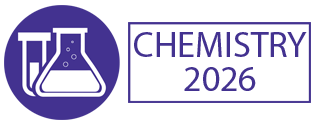Title : Unraveling the ultrastructure and functions of the neuronal membrane skeleton using super-resolution fluorescence microscopy
Abstract:
Aim: The hepatic tolerance of anticancer drugs is a contemporary issue related both to the inherent toxicity of certain anticancer chemotherapy agents and to the condition of the cancer patient themselves. The hepatotoxicity of these molecules can be revealed through biochemical liver markers.
Methods: This work is a prospective analytical study involving cancer patients undergoing chemotherapy, including 196 women and 104 men, with an average age of 56 years. Among these patients, breast cancer accounts for 42% of the cases. These patients received anticancer chemotherapy and were monitored over four treatment cycles.
Results: The mean levels of liver parameters—AST (TGO), ALT (TGP), alkaline phosphatase, gamma-GT, and total and direct bilirubin—as well as their extremes, increased compared to normal values during the four cycles of chemotherapy. These levels rose significantly after each cycle. Transaminases appeared to be sensitive and specific markers of hepatocyte damage. Furthermore, the average values of liver enzymes were higher after the fourth cycle. A certain degree of liver distress was observed after multiple cycles, causing notable hepatic toxicity of either hepatocellular or cholestatic origin.
Conclusion: it can be stated that the antimitotic agents used are likely to cause hepatic toxicity, as the adjustments in dosages and the established preventive measures are insufficient.
Keywords: Hepatotoxicity, AST (TGO), ALT (TGP), gamma-GT, alkaline phosphatase, total bilirubin, direct bilirubin, antimitotic drugs.




